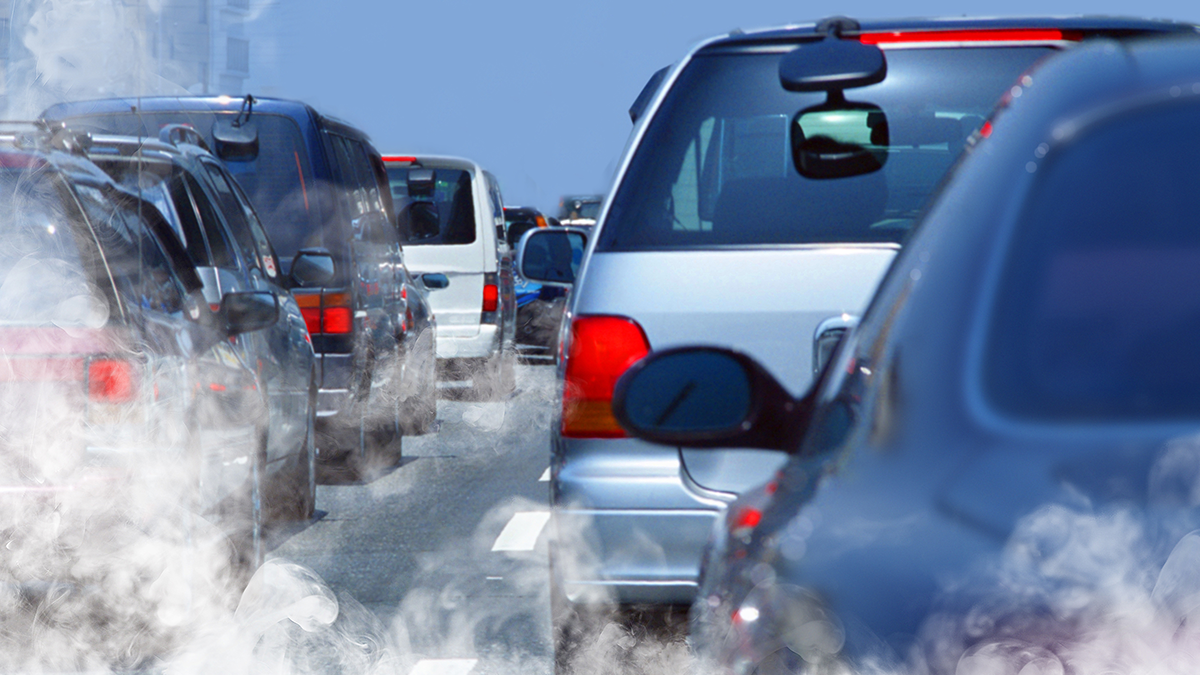The impact of the corona pandemic on global air quality twofold

Finnish Meteorological Institute, Helsinki Region Environmental Services (HSY) and University of Helsinki took part in an international research, which studied the effects of the corona pandemic on air quality. The study processed air quality data (PM2.5, NO2 and O3) from a total of 458 measuring stations, which represented 34 different countries and five different continents. The time span considered was 2017-2020.
Based on the data analysis, it was concluded that the lock down measures reduced the global particulate matter concentrations by 15 % and the nitrogen dioxide concentration by 34 %. This was estimated to be mainly due to the reduction in traffic volumes, as nitrogen oxides, especially in urban areas, are largely resulting from exhaust emissions of vehicles. Of the measured components, ozone concentrations increased by 86 %. This was explained primarily by atmospheric chemistry, where lower concentrations of nitrogen oxide and volatile organic compounds (VOCs) lead to higher concentrations of ozone.
All the measured air quality components are detrimental to human health, although fine particles are the main factor in assessing the risk of premature death.
More information:
Scientist Joel Kuula, Finnish Meteorological Institute, joel.kuula@fmi.fi Senior scientist Hilkka Timonen, Finnish Meteorological Institute, hilkka.timonen@fmi.fi
Torkmahalleh, M. A. et al. (2021). Global Air Quality and COVID-19 Pandemic: Do We Breathe Cleaner Air? Aerosol and Air Quality Research, 21, 30. https://doi.org/10.4209/aaqr.200567
